Historical Timeline
Land Acknowledgement
South Seattle College would like to acknowledge that we are on the traditional land of the first people of Seattle, the Duwamish People past and present, and honor with gratitude the land itself and the Duwamish Tribe.
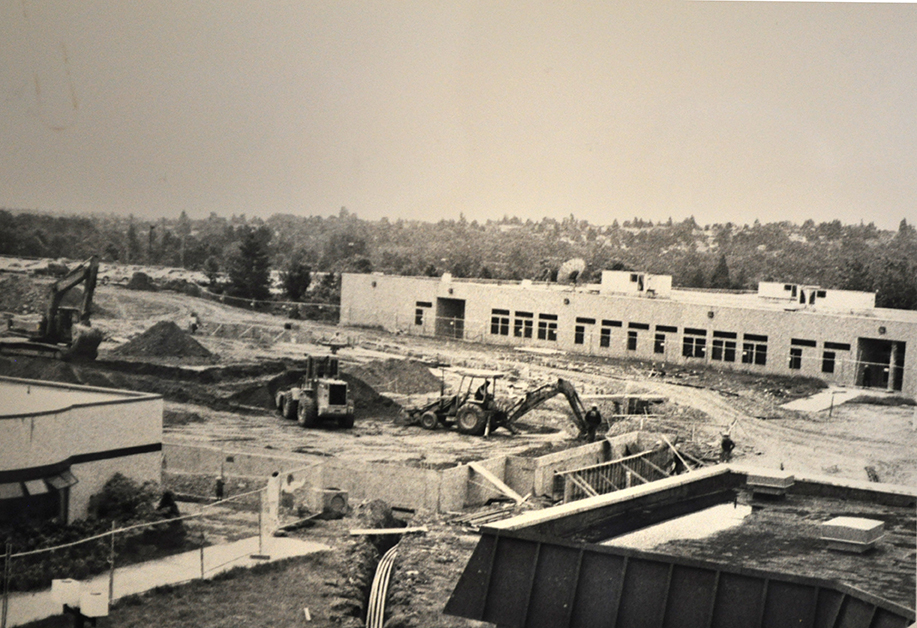
1969 – 1978
1969 (July)
- South Seattle College established. Classes were held at various locations, including West Seattle High School, the Duwamish site, and the Holgate site on 3rd Ave.
July 1969 - 1977
- Robert C. Smith becomes South Seattle College’s first president, serving until 1977. Smith is known for establishing the college and instilling an early ethic of serving the community, setting the tone for decades to come.
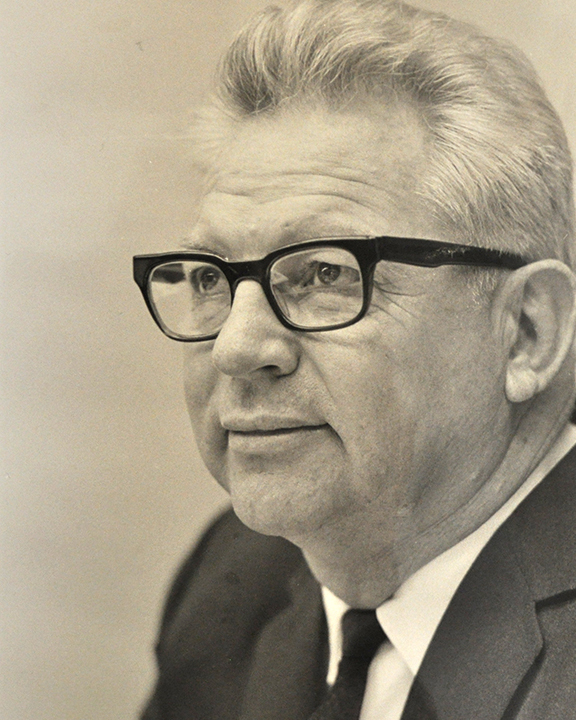
1969
- Duwamish Center, originally part of the Seattle School District and focused on providing apprenticeship education, became part of South Seattle Community College. Decades later, the name would change to Georgetown Campus.
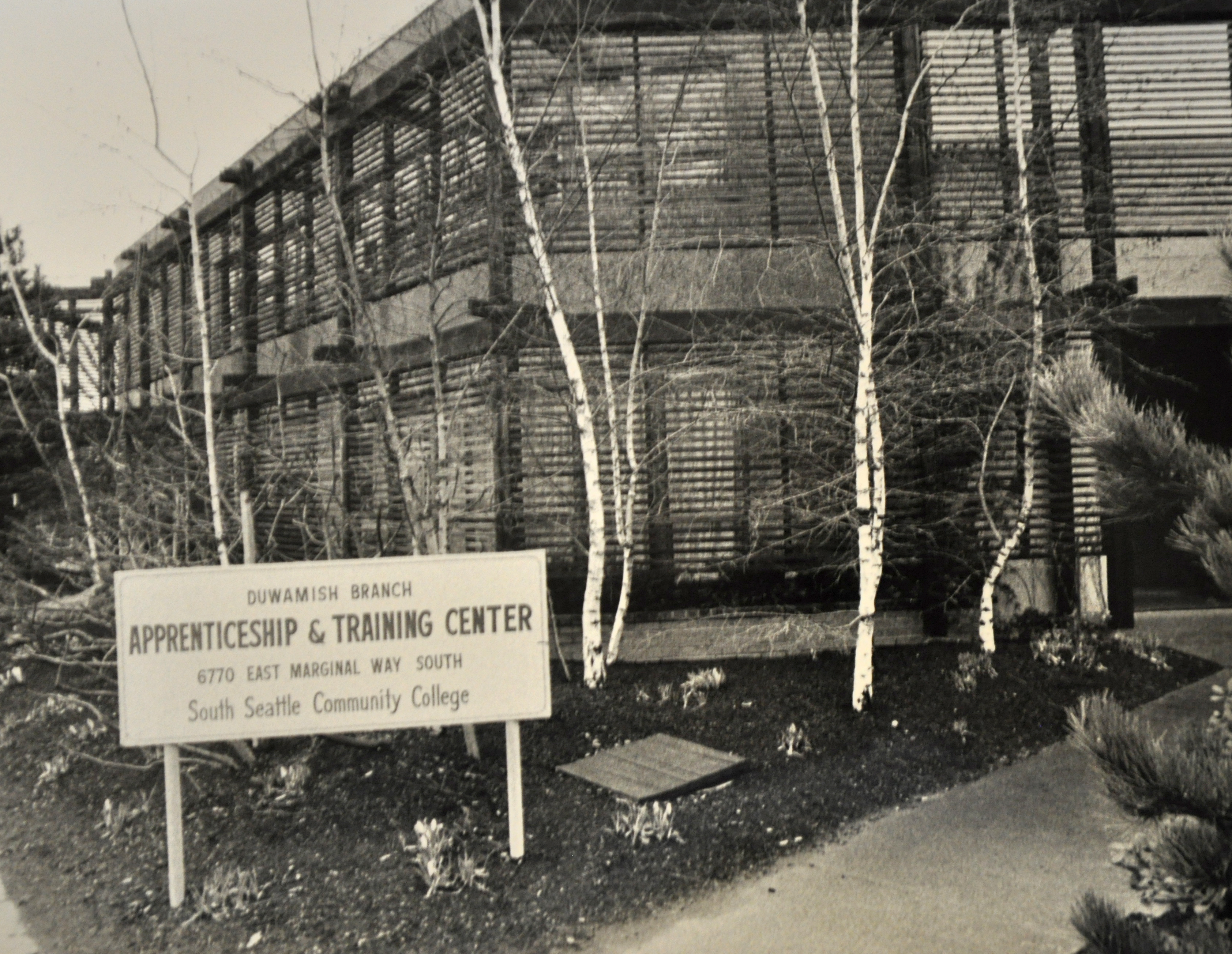
1970 (January)
- Construction begins at South’s 16th Ave. location, and first opens to offer aviation classes later that year. The first phase of construction called for buildings to house aircraft mechanic, automotive mechanic, and heavy duty equipment programs. Additional phases throughout the decade included classroom buildings, laboratories, libraries, faculty offices and student activity areas.
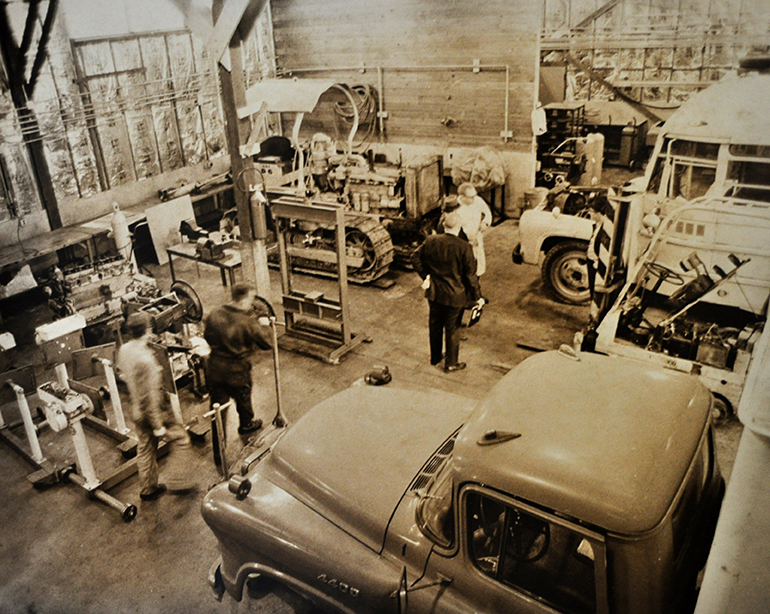
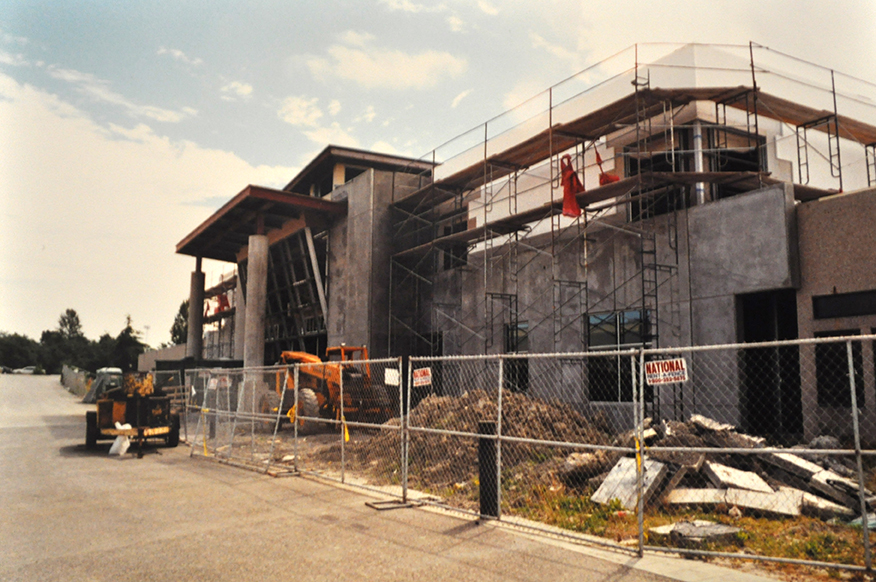
1970
- Landscape Horticulture program starts
1971 (June 11)
- First commencement ceremony held. 90 people attend and 25 students received awards.

1971 (September)
- South opens its doors to College (Academic) Transfer students for the first time. Full-time faculty members and counselors are hired, including Michael Thompson and Don Howard who are still helping students at South today!
1972 (December)
- Veterans Affairs Office established, showing an early dedication to supporting those who served in their transition to civilian careers.
1972
- Golden Eagles established as first college mascot. Men’s and Women’s soccer teams established and start competing shortly thereafter.
1973 (January)
- Black Student Union formed
1973
- South shows an early focus on equity in education, creating Minority Affairs services that sought to recruit underrepresented students to the college and support their education upon becoming students.
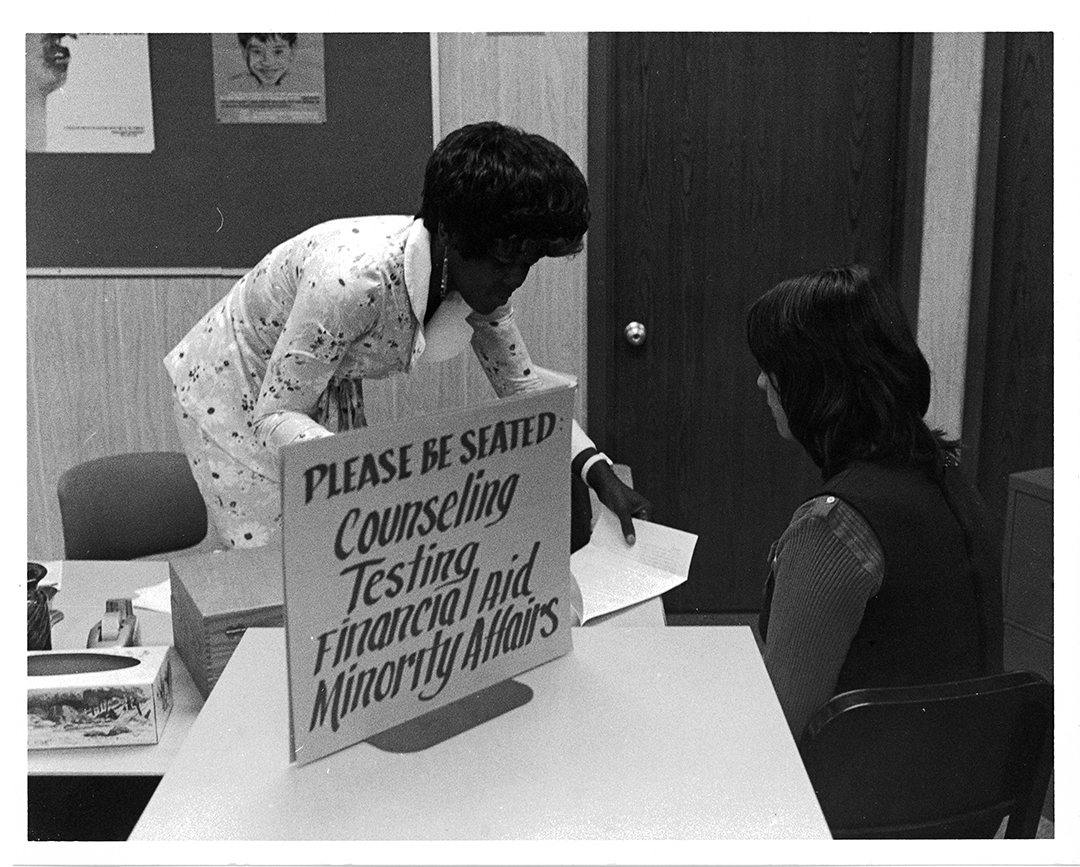
1973 (September)
- Auto parts, automotive machinist, and material handling programs initiated.
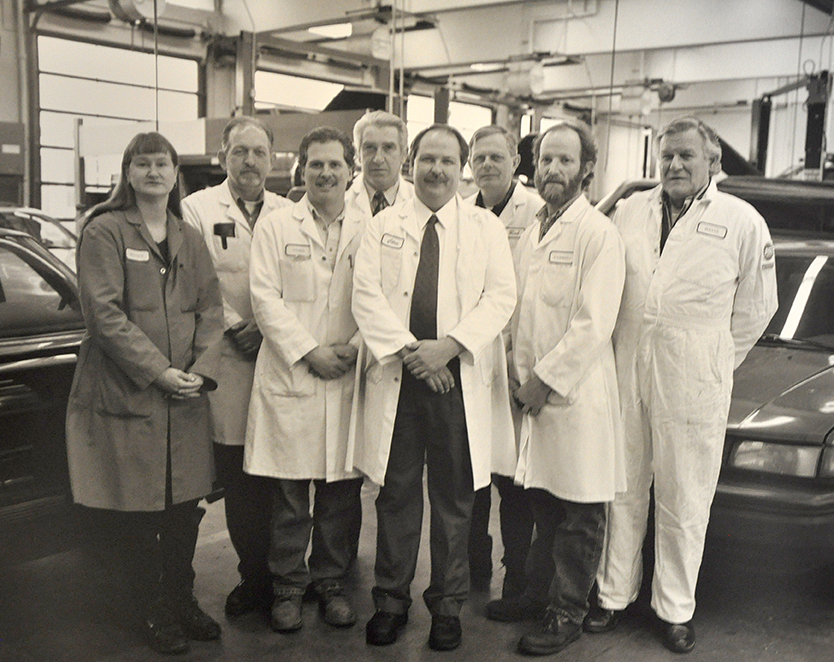
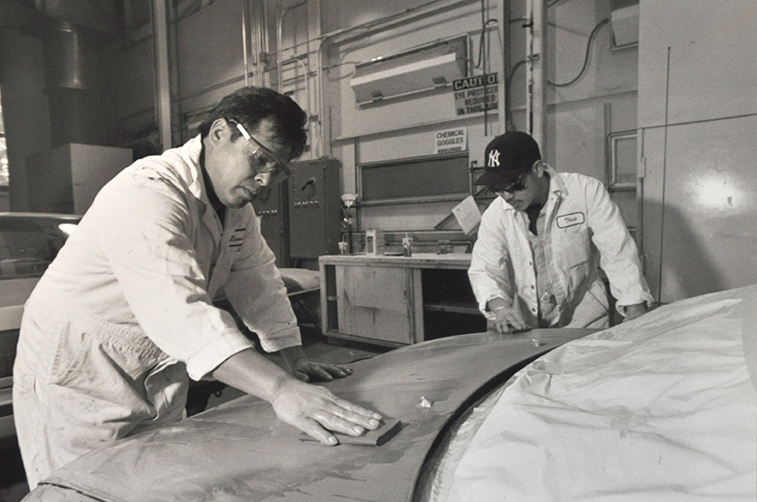
1973 (December)
- First United Student Association elections are held.
1973 (December)
- Pilot edition of the new student newspaper “The Sentinel” is published
1973 (April)
- Future college president Jerry Brockey appointed Dean of Instruction.
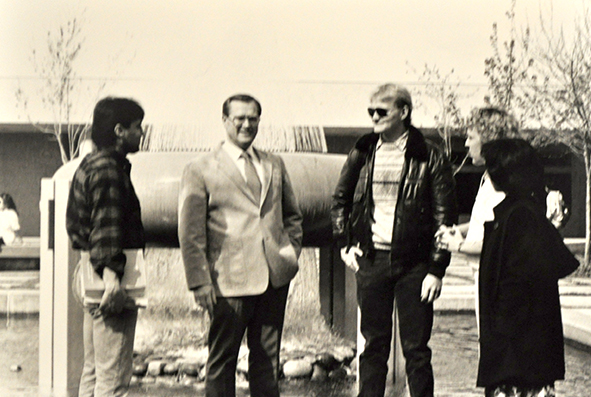
1974 (April)
- Women’s Programs established under Title 1 grant project.
1974 (November)
- Floristry program opens.
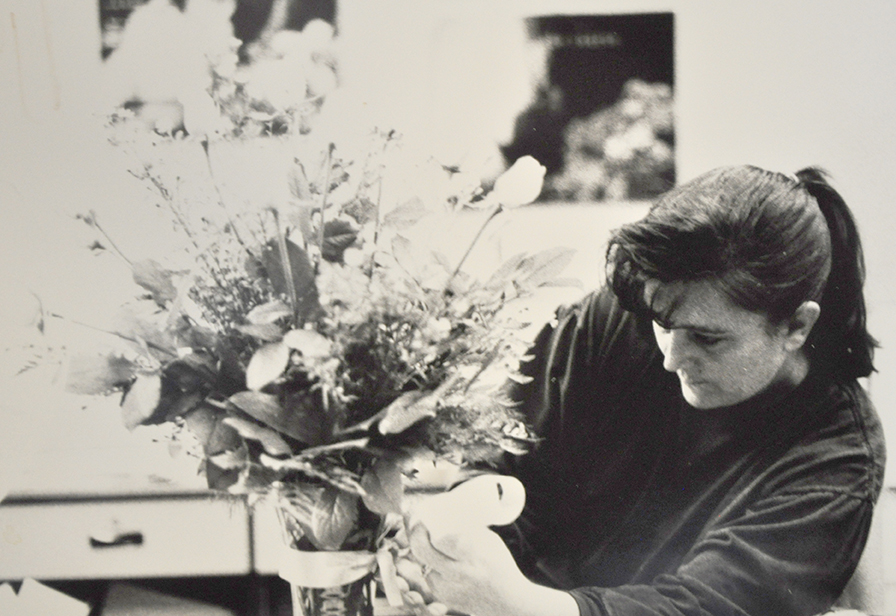
1975 (June)
- South is officially notified of its accreditation by the Northwest Association of Schools & Colleges.
1975 (September)
- Science (later known as Rainier Hall), Food Sciences and College Services buildings complete. Food sciences program begins; later known as Culinary Arts.
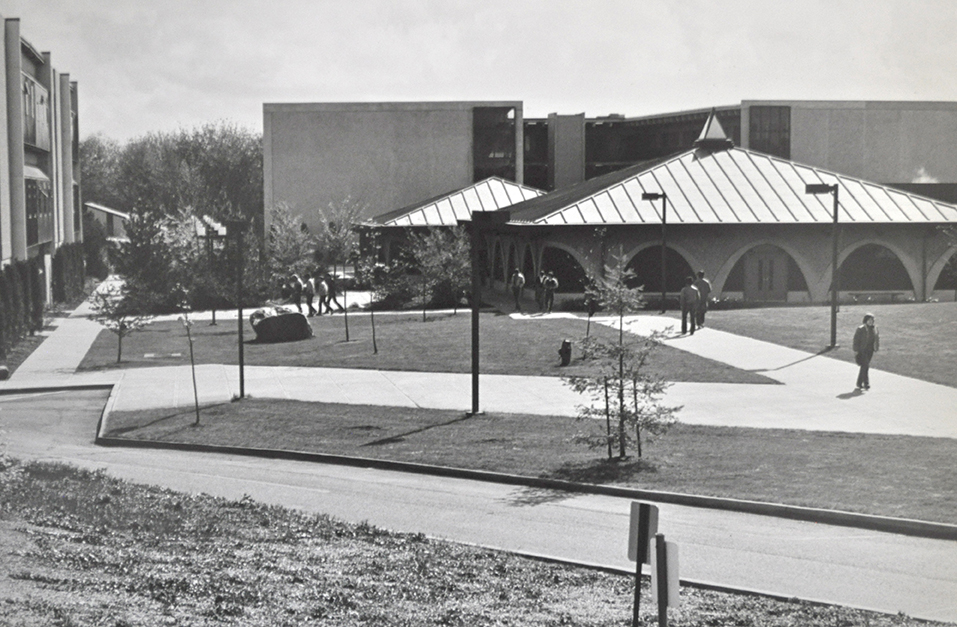
1976 (April)
- Student Day Care Center, Kindercollege, opens.
1977 (January)
- Avionics program begins.
1977 (September)
- President Robert Smith suffers a medical emergency and Jerry Brockey is named acting president. Smith passes away at his home less than a month later.
- “When the end came, Bob Smith was a man with a dream realized. That opportunity comes to only a handful of people in any generation. Almost single-handedly, he built the South Campus from the mud of a January in 1969 to the bustling community college it is today.” – Eulogy for Dr. Robert C. Smith, delivered by George C. Corcoran on October 7, 1977.
1977
- First edition of campus newsletter “The UPDATE”
1977
- First woman diesel mechanic graduate goes to work for Kenworth Motor Truck Corporation
May 1978 - 1995
- Jerry Brockey named president of South (after serving in an acting capacity). He would serve as president until 1995.
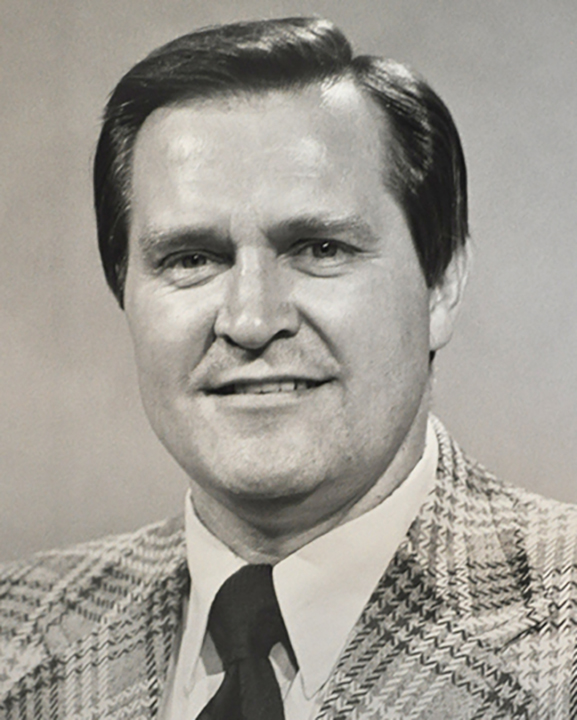
1978 (June)
- Alki Café opens.
1978
- Landscape Horticulture students petition for an outdoor classroom, later knows as the Arboretum. The 5.5 acre garden was approved by college trustees and developed in phases over the decades to come with college, community and South Seattle College Foundation support.
1979 – 1988
1980 (September)
- Cosmetology program opens.
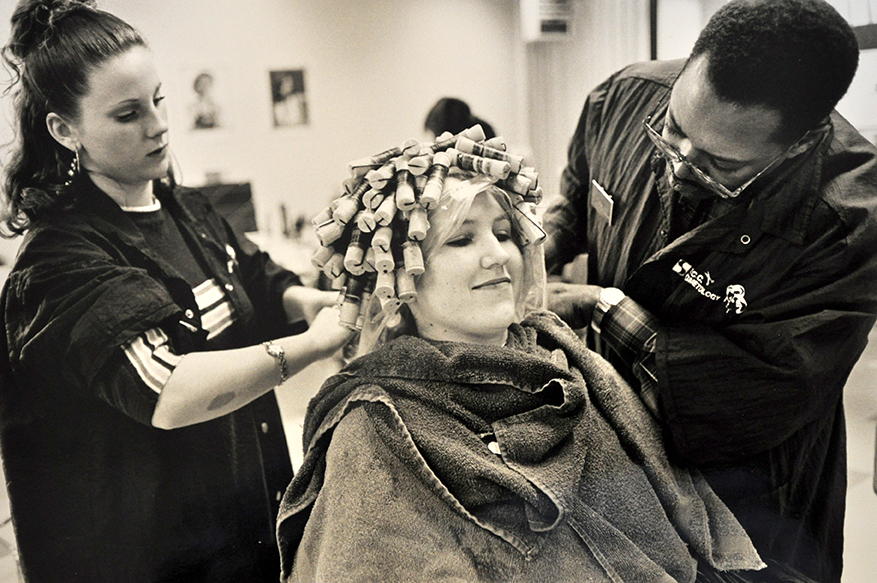
1980 (November)
Work begins on $3.6 million construction and renovation project at Georgetown Campus (then known as the Duwamish Apprenticeship Center). The work was completed in 1981.
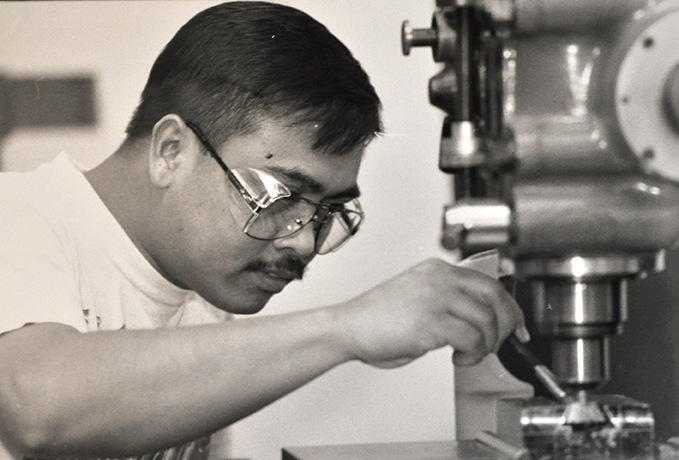
1981 (November)
- Students camp out at the college for a chance to enroll in Aviation and Motor Vehicle Maintenance programs. As a result, a new waiting list system and registration by appointment is implemented.
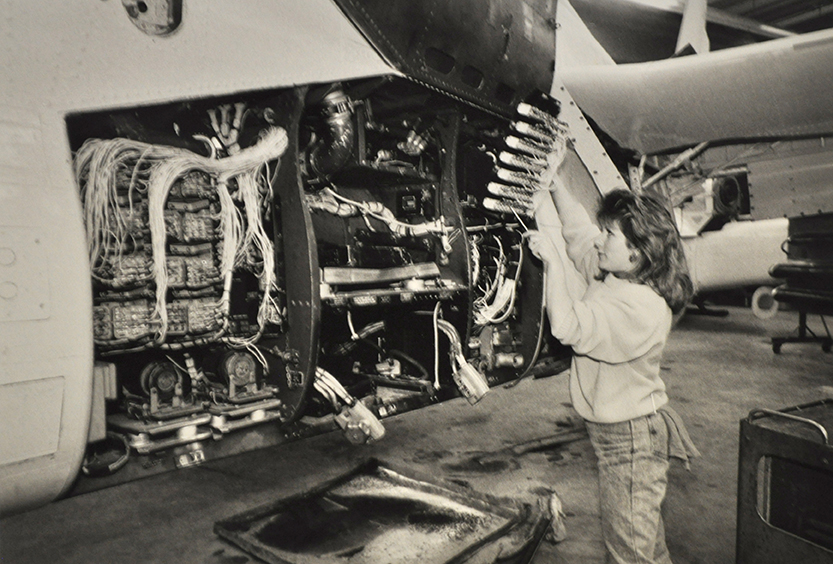
1984 (January)
- South makes the big leap into the world of high-tech with the purchase of six Hewlett-Packard 150 computers.
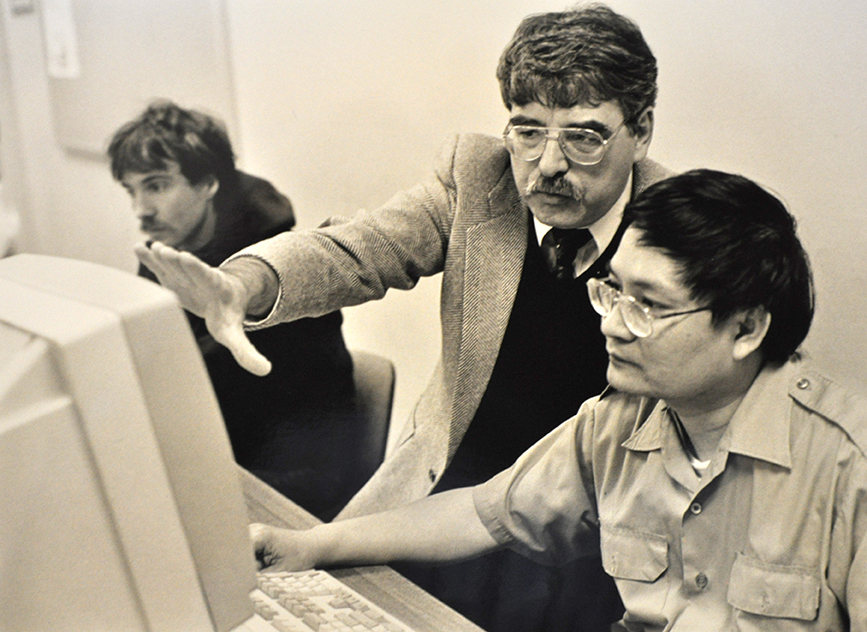
1989 – 1998
1989
- Professional Technical Center opens.
1989
- Bernie’s Pastry Shop opens in Cascade Court, serving students and employees alike for years to come.
1990s
- ESL classes, originally only offered at Georgetown Campus (then Duwamish), are expanded to the main campus to serve an increasingly diverse student population.
1990s
- South applies for and receives Department of Education TRIO grants for Student Support Services, Upward Bound, and Educational Talent Search. These programs still run today.
1990
- Taxi Driving program Begins at South
1990 (Summer)
- 1st Rainbow Festival - Celebration of Our Community
1992
- Childcare Building construction completed.
1994 (February)
- Groundbreaking for Jerry M. Brockey Student Center. The 30,000 sq. foot building would be complete in 1995.
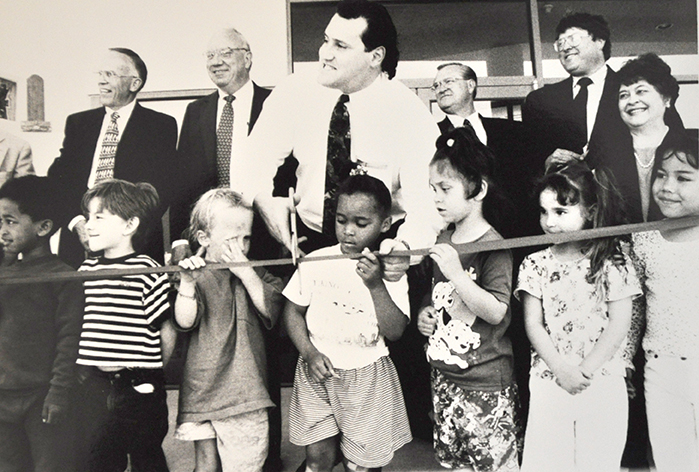
August 1995 - 1997
- Peter Ku named South's first president of color and serves until 1997.
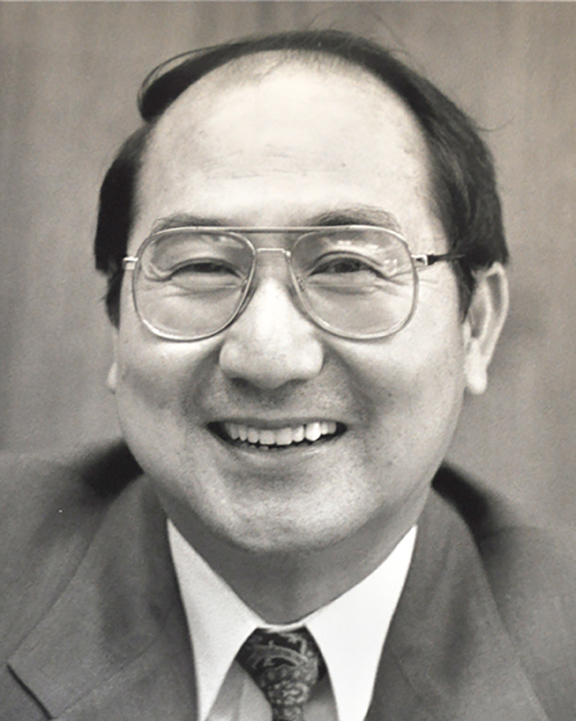
July 1997 - June 2002
- David Mitchell becomes president, serving until 2002.
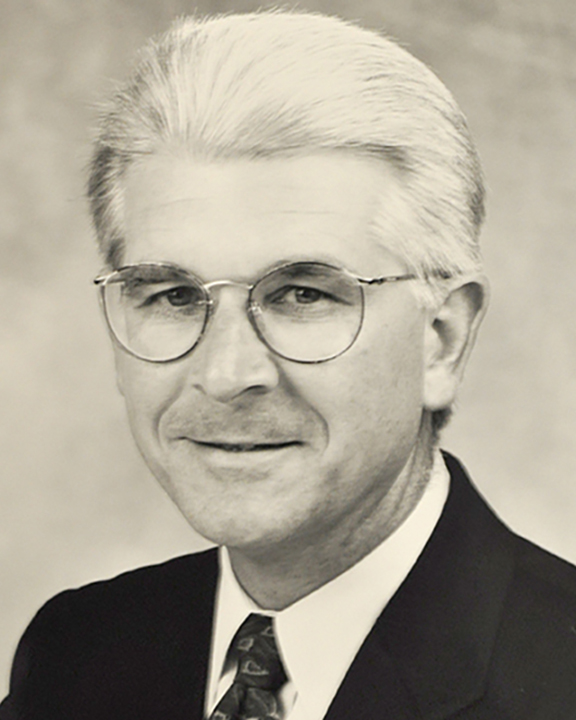
1999 – 2008
2001
- South adopts the college motto “Start Here, Go Anywhere!” The phrase goes on to be used in marketing materials and becomes part of the philosophy of the college. As Mike Munson, director of communications and creator of the phrase stated, it "connects with how [South] helps people transform their lives, opening doors for a better future."
July 2002 - 2008
- Jill Wakefield becomes president, and serves in that role until 2008. She had started at South over 20 years earlier as a program assistant in Veterans Affairs.
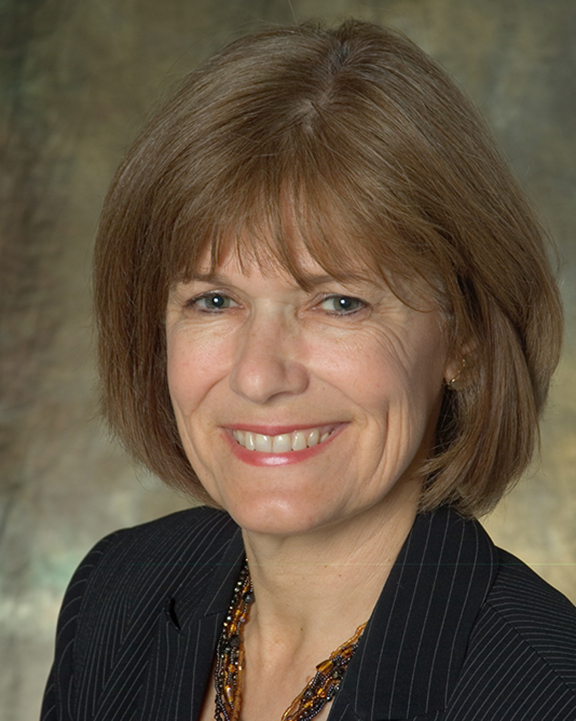
2003 (November)
- First Gifts from the Earth held. The fundraising event, put on by the South Seattle College Foundation in collaboration with culinary and wine programs, would continue until the 2016-17 academic year and raised vast funds to support our students.
2003 (January)
- Groundbreaking for construction of the $2.5 million renewed and expanded Culinary Arts Complex at South.
2003
- Alhadeff Grill opens, named after long-time supporters of the college Marjorie and Michael Alhadeff. Marjorie was hired as one of South's first counselors in the early 70s.
2004 (Sept.)
- Olympic Hall opens.
2004
- Wine Studies program starts. The Northwest Wine Academy was established in 2004 as the first and only working and teaching winery of its kind in Western Washington.
2005
- South Gay Straight Alliance (LGBTQIA+) Club Begins
2005
- New Culinary Arts Complex opens, including Pastry & Baking Arts facility.
2006
- University Center Opens
2007
- South's first Bachelor of Applied Science program in Hospitality Management program starts. The college has since expanded to offer two addtional BAS programs in Professional Technical Education & Instructional Design and Sustainable Building Science Technology.
2008
- The 13th Year Promise Scholarship program is established by the South Seattle College Foundation, providing one year of tuition-free college to graduating seniors from select high schools in our service area. The program would go on to become a standout promise scholarship in the nation because it not only provided funds, but dedicated support to help 13th Year scholars succeed. The program ran until 2018, and became inspiration for Seattle Promise, a partnership between Seattle Colleges, the Seattle School District, and City of Seattle to expand opportunity to all graduating SPS seniors and expand support to two-years of tuition coverage.

2008
- South becomes one of five Department of Education Asian Pacific Islander Serving Institutions (AANAPISI), with grant funding through 2016 to build the college's capacity to improve transition, retention, progression, transfer, and graduation rates of underserved Asian American and Pacific Islander students.
2009 – 2019
January 2009 - March 2010
- Gary Oertli named and serves as interim president until March 2010.
2010 (March)
- Jean Hernandez named and serves as interim president until July 2010.
August 2010 - 2017
- Gary Oertli named South's president, serving until 2017.
2014
- In March 2014, the Seattle Colleges Board of Trustees voted unanimously to change the name from Seattle Community Colleges District to Seattle Colleges District to better reflect expanded program offerings, including Bachelor of Applied Science degrees. The colleges changed their names to South Seattle College, Seattle Central College, and North Seattle College.
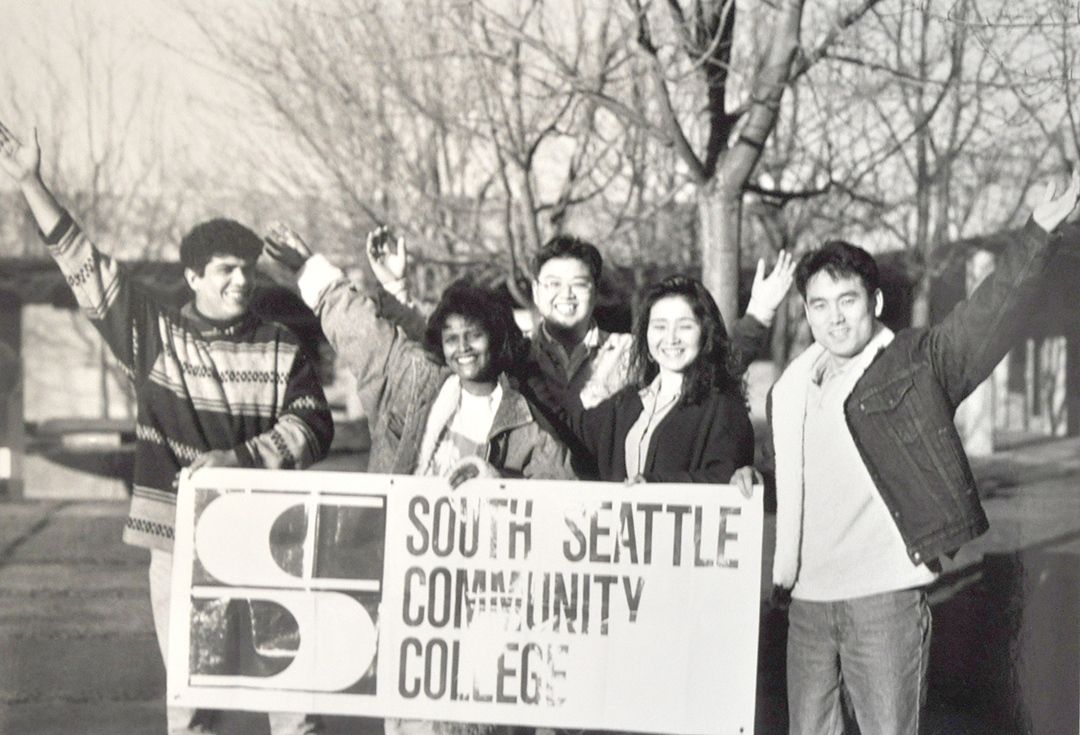
2014
- South starts along the path to become a Guided Pathways institution with the South 2017 initiative to improve student success by creating clear educational pathways and improved support services. The college continues to implement and refine this experience for students to this day.
2015
- South adopts the Otter as our college mascot after an inclusive series of surveys of faculty, staff, students and community. Selected as the best fit for a campus community respondents called inclusive, community-oriented and friendly, the South Seattle College Otters are a mainstay of college culture. Many puns have since emerged!
2017 (September)
- Peter Lortz named and serves as interim president until June 2018
2018 (July)
- Rosie Rimando-Chareunsap named president, becoming the first woman of color to lead South.
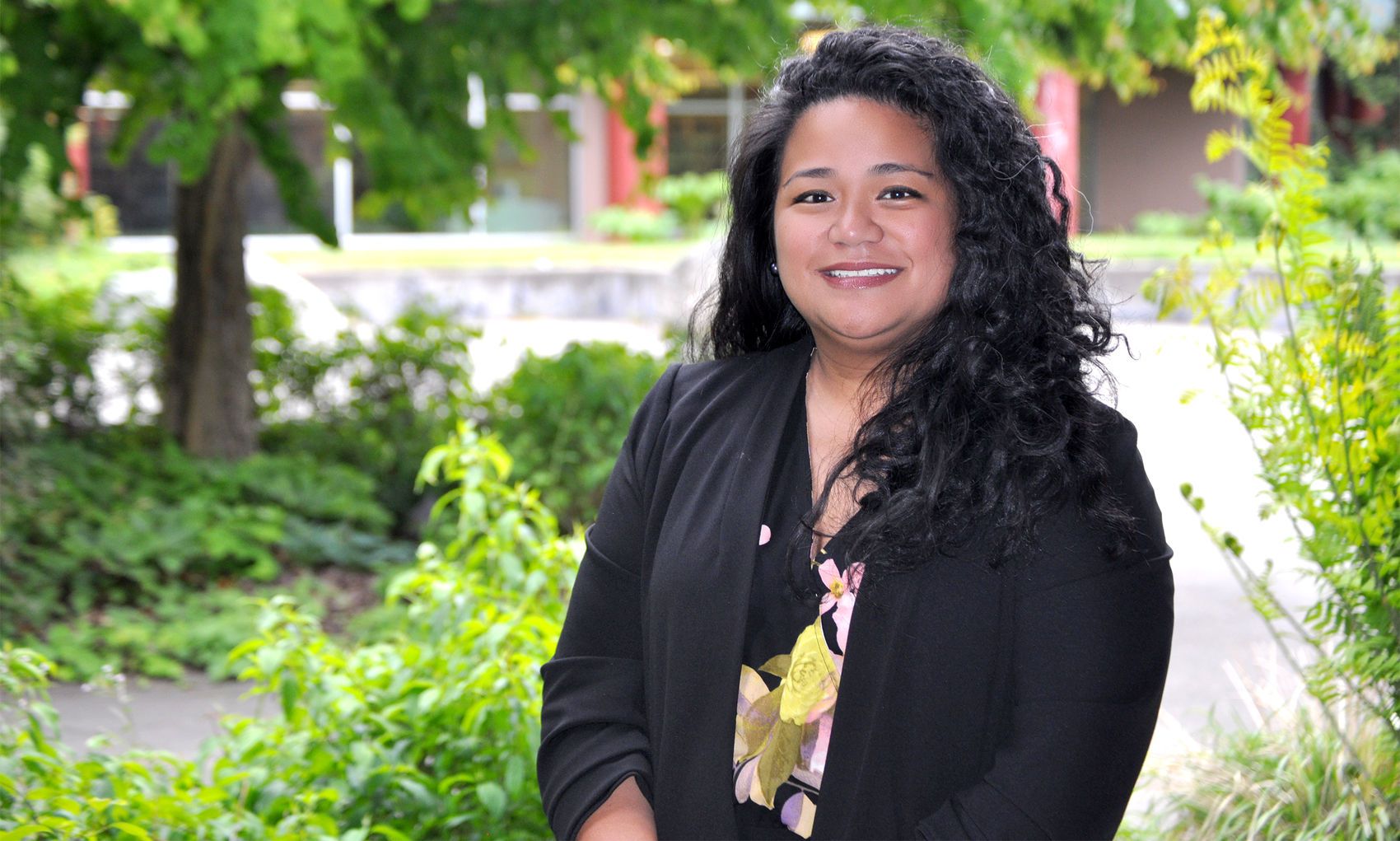
2018 (September)
- Cascade Hall opens in Fall Quarter, creating a vibrant new space for English language, pre-college, and healthcare learning.
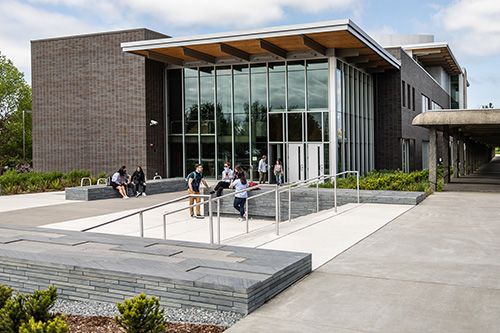
2019 (September)
- President Rosie Rimando-Chareunsap kicks off the 2019-20 academic year with a President’s Day speech that reflects on South’s 50 years in operation declares a call to action for the college’s next 50 years, with a steadfast focus on becoming an anti-racist campus and eliminating achievement gaps based on race.
“… in order to improve student outcomes, in order to improve student retention, in order to fulfill our mission and make whole-system improvements that guarantee that our legacy for the next 50 years will survive and thrive, we must confront our institutionalized racism, and work together to create racial equity. In so doing, we will be better able to address the many other forms of inequities that also exist. Knowing is not enough, we must apply. Being willing is not enough, we must do. We must do. And my hope is that we lean into this work together, making connections, and remembering that these are the things that we love about our college: to be kind, to be inclusive, to be student-centered, to be advocates, and to be connected.”
– President Rosie Rimando-Chareunsap